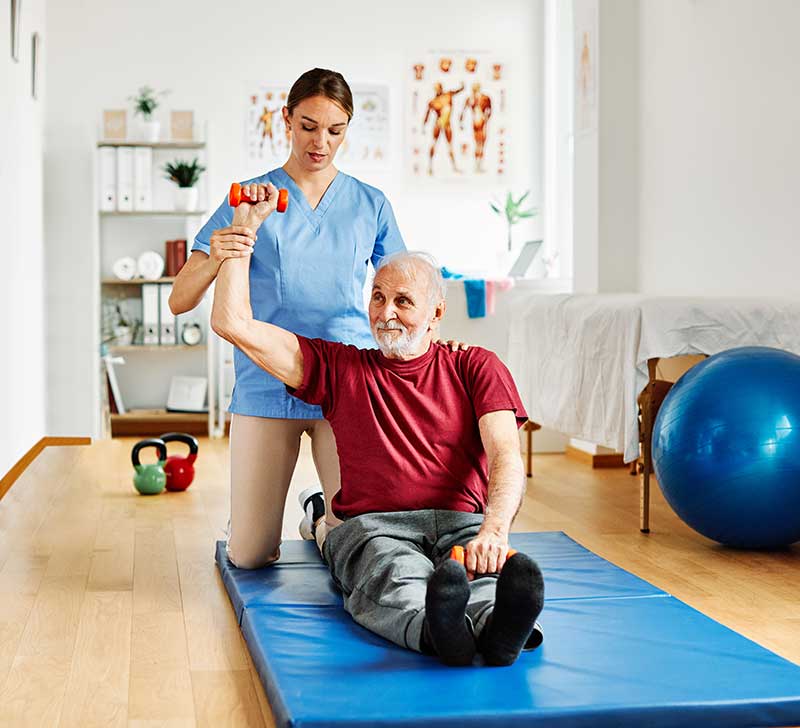Our bodies change significantly as we age, which can have an influence on mobility, strength, and independence. Physical therapy and rehabilitation emerge as critical instruments for not just combating these changes, but also empowering elders to live full lives. This blog digs into the essence of physical therapy for the elderly, highlighting its value and providing insights into personalized exercises that address their specific needs.
The Importance of Physical Therapy in Aging
Physical therapy is a source of optimism for elders negotiating the complications of aging. It’s more than just healing; it’s a proactive strategy for preserving and improving quality of life. Here’s why physical therapy is essential for elders.
- Improving Mobility and Flexibility: Regular physical treatment can greatly increase range of motion, making daily activities easier and safer.
- Strengthening activities designed for seniors can help maintain muscle mass and bone density, which are essential for mobility.
- Fall Prevention: Physical treatment minimizes the chance of falls, which are a significant worry among the elderly and can result in serious injuries.
- Managing Chronic Conditions: Specific therapeutic exercises can help manage arthritis, osteoporosis, and Parkinson’s disease by relieving pain and improving function.
- Promoting Independence: The ultimate goal of physical therapy is to enable elders to carry out their everyday activities with little assistance, encouraging a sense of independence and well-being.
Tailored Exercises for Seniors
Physical therapy for the elderly does not follow a one-size-fits-all strategy. Exercises are tailored to each individual’s health situation, mobility level, and goals. Below are some examples of personalized exercises:
- Gentle stretching exercises can help improve flexibility and minimize stiffness. Yoga and Tai Chi are ideal for elders, combining the benefits of stretching with a mindful approach to movement.
- Strength Training: Strength exercise with small weights or resistance bands can be done safely to maintain muscle tone and joint health. Exercises such as seated leg lifts and arm raises can be effective.
- Balance and coordination: Balance exercises, such as standing on one foot or walking heel-to-toe, can greatly lower the likelihood of falling.
- Aquatic therapy: Water exercises are a low-impact choice for seniors, offering resistance for strength training while reducing the chance of injuries.
- Walking: Walking, perhaps the simplest but most effective exercise, increases cardiovascular health, strengthens the lower body, and improves mood.
Creating a supportive environment
The success of physical therapy and rehabilitation for elders is dependent on fostering a supportive and motivating atmosphere. This includes:
- Professional Advice: Working with physical therapists who specialize in geriatric care ensures that activities are done appropriately and safely.
- Community and Family Support: Family encouragement and group exercise involvement can improve motivation and commitment to a physical treatment program.
- Adaptive Tools and Equipment: Using assistance like walkers, canes, and nonslip mats can make exercises safer and easier to complete.
Physical therapy and rehabilitation are the keys to aging gracefully, allowing elders to preserve their mobility, strength, and independence. Tailored exercises, when done under the supervision of professionals and with the help of loved ones, can considerably improve the quality of life for older people. Let us embrace physical therapy as a cornerstone of senior care, allowing our elders to enjoy their golden years to the fullest.
